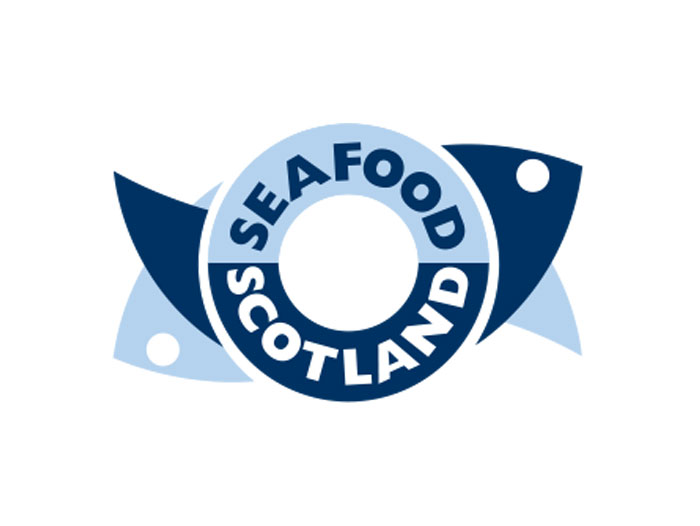Disruption in US Beef Production Leads to Emerging Role of Seafood from Scotland in Foodservice
June 11, 2021 | 4 min to read

BOSTON – Following the recent cyber-attack targeting JBS, suspending operations at its nine beef processing plants across the United States, foodservice operators have been left unsure of their beef supply, leading them to look to seafood as a desirable alternative for the premium protein sector.
The beef supply chain already saw disruption due to the COVID-19 pandemic, seeing a spike in prices and a reduction in supply, and this latest news is leading chefs to explore options to keep customers satisfied.
“I am absolutely concerned with my supply chain; particularly around center of the plate,” says John Serock, John Serock Catering, West Chester, PA. “We have over 350 weddings and events scheduled this summer; all of which have set menus and pricing. We are actively considering how we can pivot from beef to more seafood-based menu items—both center of the plate and in our appetizers,” he added.
Answering the call, Seafood from Scotland is emerging in the US as a reliable and readily available protein source for foodservice, retail and consumers across the US. Seafood is Scotland’s largest food export, reaching over 120 countries with over 60 species available commercially including both wild- caught and farmed seafood.
The top seafood products readily available in the US from Scotland include:
- Scottish Salmon
- Haddock
- Langoustine
- Scottish Trout (Steelhead)
- Monkfish
- Brown Crab
- (Blue) Lobster
- Hake
- See full species availability at https://www.seafoodscotland.org/
“Salmon is a big part of my menu offering. It has high perceived value and is easy to prepare. My guests love our grilled salmon with pearl couscous, fresh herbs, lemon and olive oil; it has become a signature item for us. We use seafood from Scotland as we appreciate the consistent quality, availability and price” says John.
Geography Makes the Difference The cold and clear waters allow Scottish shellfish to mature in their own time, growing slowly to increase their sweet flavor, while salmon farmed in Scotland has also been found to have increased omega-3 levels compared with other salmon producing countries, thanks to its optimal nutrient-rich environment. The 2020-2025 US Dietary Guidelines recommends a shift toward healthy eating patterns, suggesting the general population should eat at least 6 ounces of seafood per week with the aim to take in at least 250 mg per day of omega-3 fatty acids EPA and DHA.
Management and Regulation
The Scottish seafood industry is rigorously managed and regulated to ensure responsible fishing practices are employed, with minimal impact on the marine environment.
Scotland holds more Marine Stewardship Council (MSC) accreditations than most EU countries and has been a pioneer in alternative approaches such as the Conservation Credits system. Scottish fish farmers and fishermen consider themselves to be custodians of the sea, proud to invest in sustainable practices that secure a continued living for themselves and future generations.
With over 300 expert processors, the Scottish seafood industry is renowned for consistency and skill; delivering against customers’ exact requirements from whole fish to live shellfish, retail-ready packs, wholesale consignments, private label, and value-added products.
About Seafood from Scotland Seafood from Scotland was set up ‘by the industry for the industry’ in 1999 to increase value of return to the Scottish seafood sector.
Operating worldwide, Seafood Scotland works together with government agencies such as Scottish Development International to promote the wealth of Scottish seafood to a global trade market. Focusing on restaurant and catering services, the organization targets trade buyers, wholesalers, industry influencers and chefs in the UK, Europe, US, Middle East and Asia – acting as the conduit between in-country trade markets and Scottish suppliers.
Dealing with all seafood species, Seafood Scotland is a non-political organization that works throughout the supply chain with fishermen, fish/shellfish farmers, processors, retailers, food service companies, caterers, NGOs and consumers. A small organization, Seafood Scotland’s strength lies in its hands-on approach, expertise and high credibility within the seafood industry.
Learn more about Scottish seafood products and availability by visiting www.seafoodscotland.org and follow @SeafoodfromScotland on Instagram or @SeafoodfromScot on Twitter.
